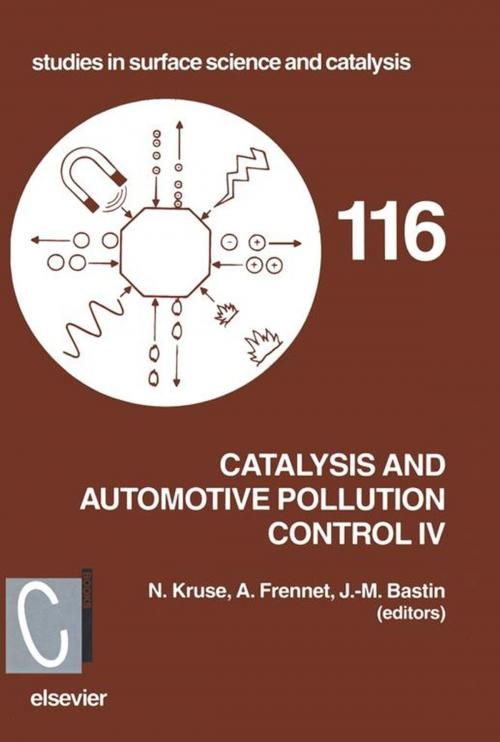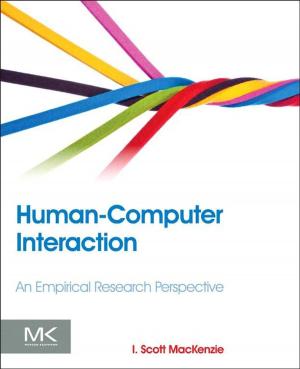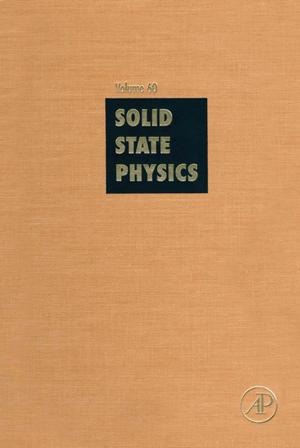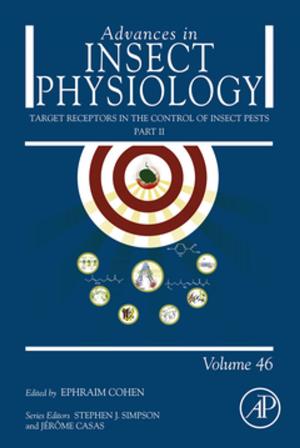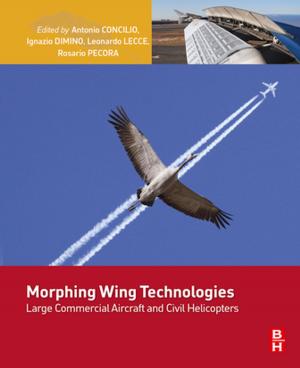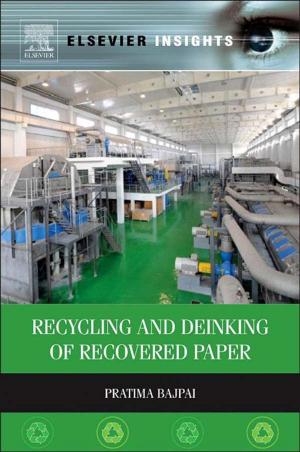Catalysis and Automotive Pollution Control IV
Nonfiction, Science & Nature, Technology, Engineering, Environmental, Chemical & Biochemical| Author: | ISBN: | 9780080528618 | |
| Publisher: | Elsevier Science | Publication: | May 29, 1998 |
| Imprint: | Elsevier Science | Language: | English |
| Author: | |
| ISBN: | 9780080528618 |
| Publisher: | Elsevier Science |
| Publication: | May 29, 1998 |
| Imprint: | Elsevier Science |
| Language: | English |
In spite of the energy crises and the recession, there has been a global, explosive growth in the amount of motor vehicles. In the past 50 years, the amount has increased from 50 to 700 million vehicles. For economical reasons they will probably continue to be used for a considerable number of years, despite the poor yield of internal combustion engines resulting in the inevitable production of some gaseous pollutants. The subsequent increase of gaseous pollutants in our atmosphere caused by exhaust gas from automobiles has enhanced the problem of the elimination of these pollutants produced by internal combustion engines. Catalysis has proven to be the best solution to lower the content of exhaust gas in pollutants.
As its predecessors, CAPoC4 proved to be a suitable platform for discussing technological improvements and developments along with future perspectives and challenges. In the light of new results and further legislative regulations, the following topics were intensely discussed: *low light-off behaviour based on improved catalysts and substrate formulations *efficient adsorber systems for storage of hydrocarbon emissions *electrically heated catalyst systems ahead the main catalyst or, alternatively, close coupled catalysts (at the manifold of the engine) • lean DeNOx catalysts allowing for decomposition of NOx in the oxygen-rich exhaust of direct injection gasoline engines and high speed injection diesel engines or, alternatively, NOx trapping/reduction in a hybrid approach * collection and destruction of dry particulates or soot.
There is no doubt that clean vehicle technology is a vital part of improving air quality. Challenges remain and call for technological answers. Catalytic air pollution control is still an area providing a considerable incentive for innovative work.
In spite of the energy crises and the recession, there has been a global, explosive growth in the amount of motor vehicles. In the past 50 years, the amount has increased from 50 to 700 million vehicles. For economical reasons they will probably continue to be used for a considerable number of years, despite the poor yield of internal combustion engines resulting in the inevitable production of some gaseous pollutants. The subsequent increase of gaseous pollutants in our atmosphere caused by exhaust gas from automobiles has enhanced the problem of the elimination of these pollutants produced by internal combustion engines. Catalysis has proven to be the best solution to lower the content of exhaust gas in pollutants.
As its predecessors, CAPoC4 proved to be a suitable platform for discussing technological improvements and developments along with future perspectives and challenges. In the light of new results and further legislative regulations, the following topics were intensely discussed: *low light-off behaviour based on improved catalysts and substrate formulations *efficient adsorber systems for storage of hydrocarbon emissions *electrically heated catalyst systems ahead the main catalyst or, alternatively, close coupled catalysts (at the manifold of the engine) • lean DeNOx catalysts allowing for decomposition of NOx in the oxygen-rich exhaust of direct injection gasoline engines and high speed injection diesel engines or, alternatively, NOx trapping/reduction in a hybrid approach * collection and destruction of dry particulates or soot.
There is no doubt that clean vehicle technology is a vital part of improving air quality. Challenges remain and call for technological answers. Catalytic air pollution control is still an area providing a considerable incentive for innovative work.
